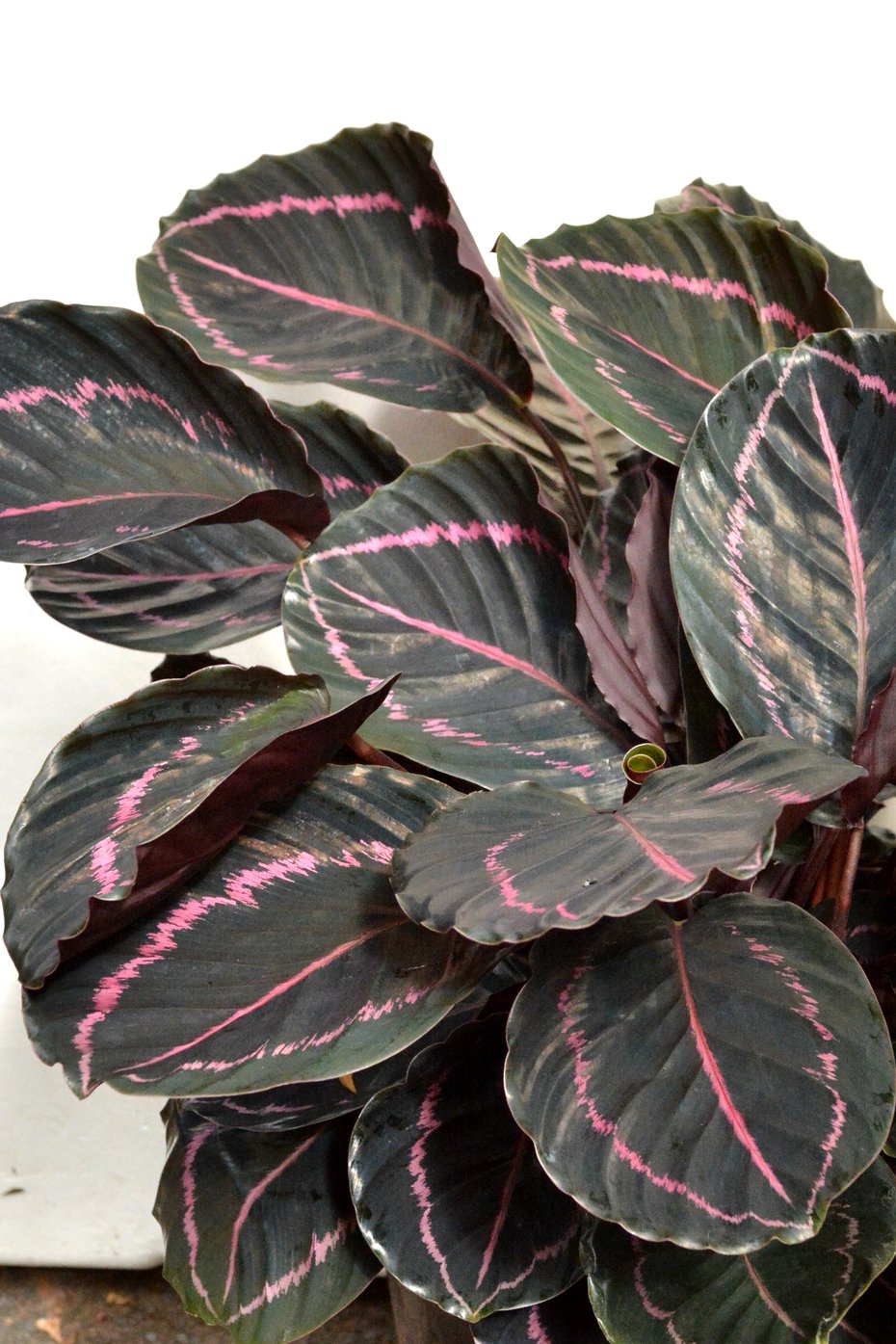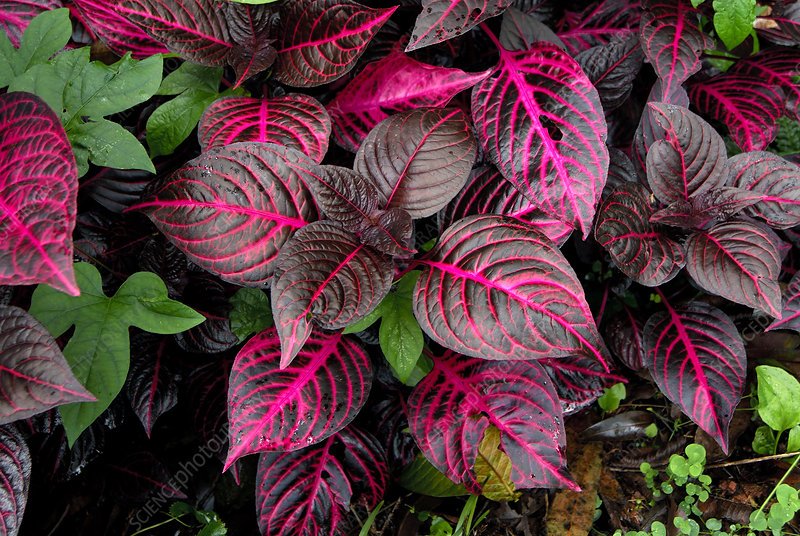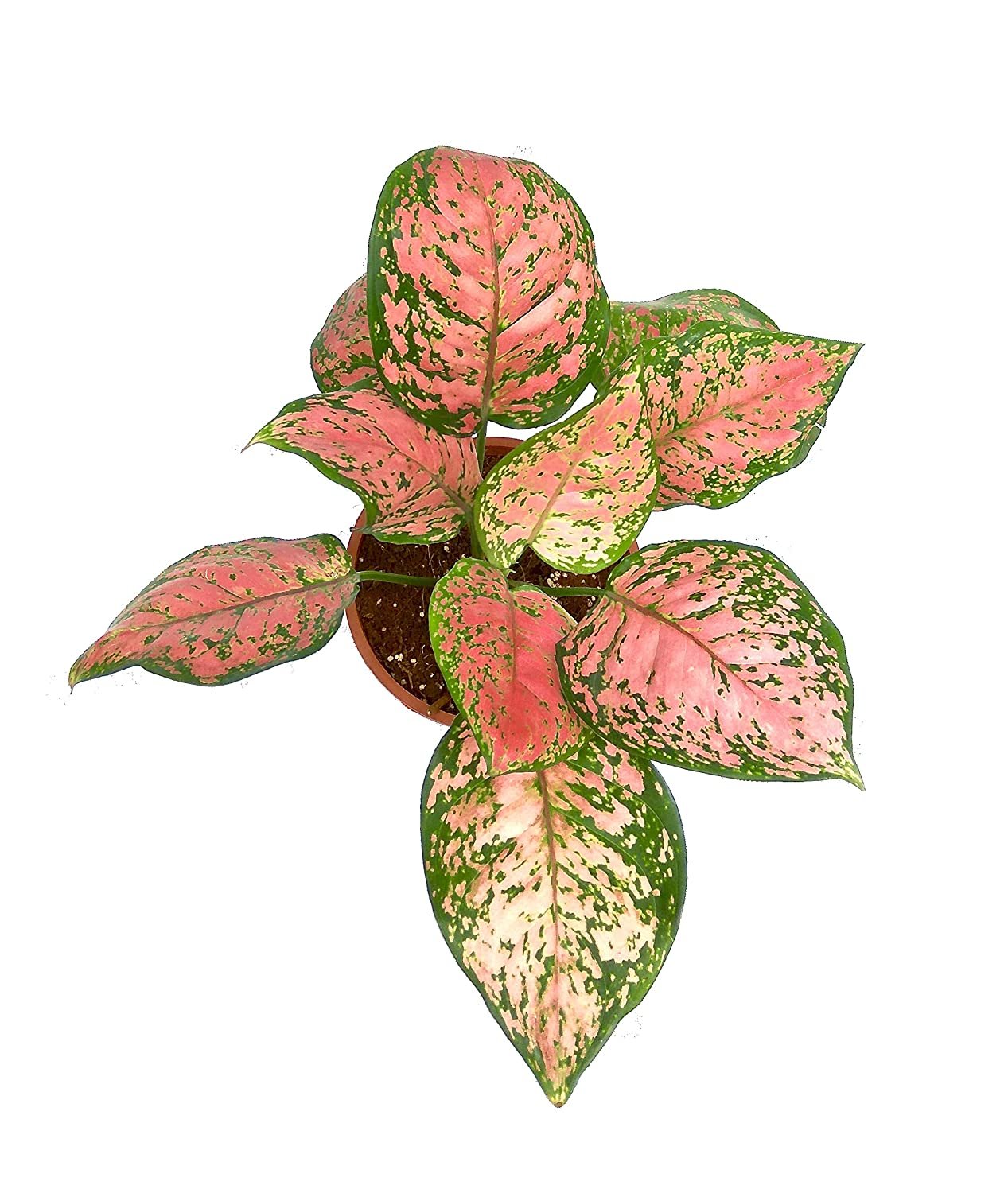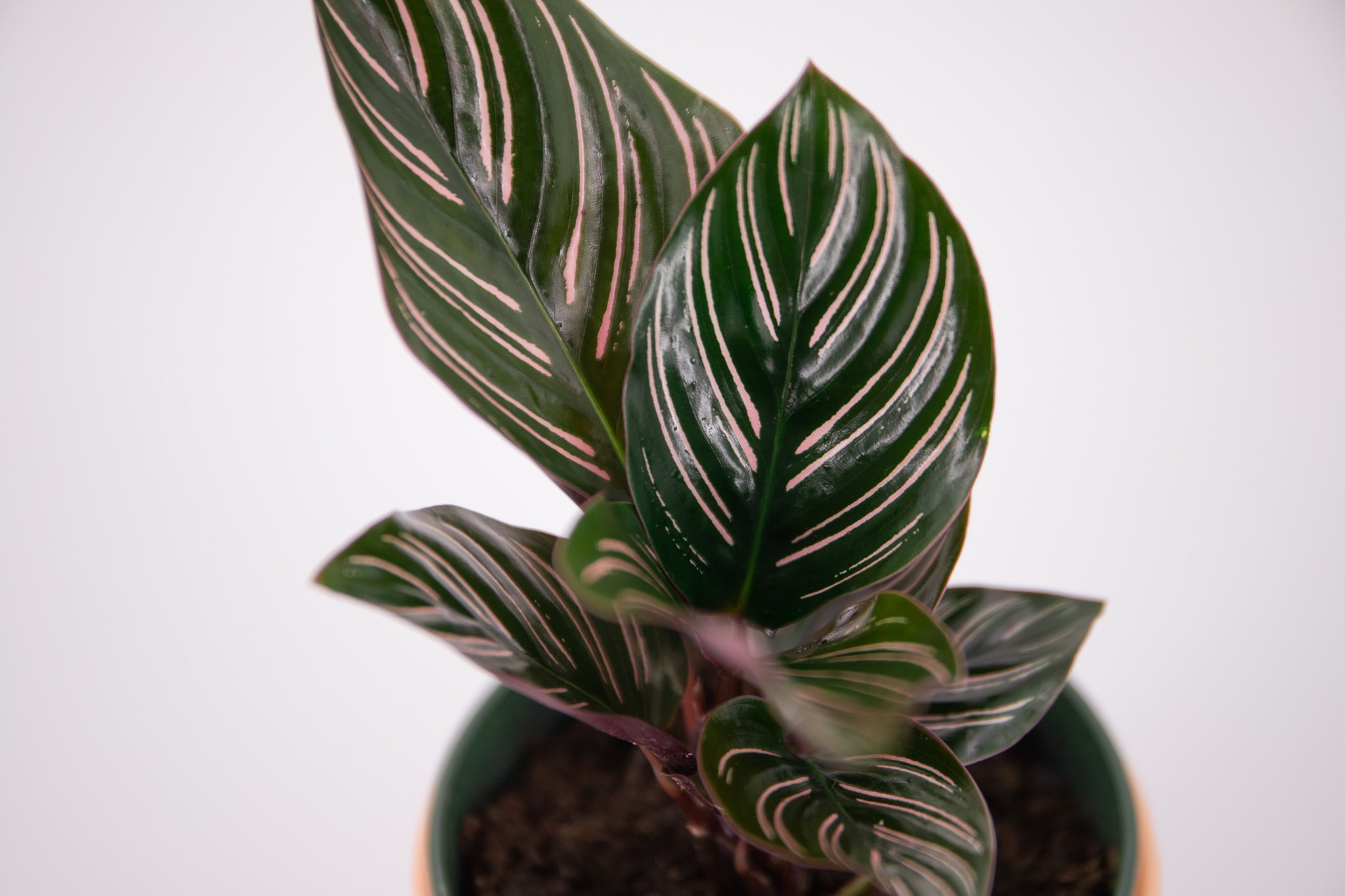Pretty In Pink
Ever heard of the phrase “ In the pink”…well it means in good health…so why not add a nice dose of healthy to our home with some stunning pink plants?
Photo by : George Bohunicky
Color psychology suggests that different colors can have an impact on our moods, feelings, and even behaviors.
For Example the color pink is thought to be a calming color associated with love and kindness, creativity and joyfulness.
Here is a list of our favorite pink plants to add a splash of joy to your apartment.
1 - Variegated String of Hearts
Botanical Name : Ceropegia Woodii
String of hearts is a redly easy houseplant to grow. It requires partial sun and a well drained cacti potting mix and gifts you a lovely delicate cascade of gorgeous heart shaped leaves.
2 - Calathea Dottie
The calathea 'Dottie', is a plant that is characterized by its rich dark purple leaves and bright pink markings. This plant loves humidity and moisture, it would do well in a bathroom and is overall an excellent houseplant!
3- Trandescandia Pink Chablis
Tradescantia plants are lovely trailing plants and very fast growing. If you can give your plant the right conditions, it will bloom with small pink or purple flowers which last just one day.
I would not say a Tradescantia is a starter plant, nor a plant for those who like to put a plant on a shelf and sort of forget about it. This plant needs a little TLC.
do best in bright, but indirect sunlight. You want to provide your plant with enough light to keep its color and flower.
Be careful with too much direct light. Their delicate leaves burn easily in too much sun.
The ideal location is an east or west-facing window. This gives your plant enough light in the morning or late afternoon, and plenty of bright indirect light the rest of the day.
4- Iresine
Iresine plants iare native to South America, especially Brazil. They range from small to medium-sized shrubs, and most are perennial.
The flowers on these plants are unremarkable, but their leaves are simply striking!
Aside from their interesting foliage, these plants are notable for the range of their common names. They are called blood leaf, they are also known as the chicken gizzard plant, the beefsteak plant, and other descriptive names.
They are more common in the Southern Hemisphere, which makes them novelties in the northern hemisphere.
5- Black Lipstick Calathea
A darker variety of Calathea. Calathea Black Lipstick is variant fro Calathea Dottie adds an attractive contrast to the greener varieties. The deep green burgundy leaves have a pink border and a central pink stroke.
6- Polka Dot Plant
Hypoestes phyllostachya, the polka dot plant, is a species of flowering plant in the family Acanthaceae, native to South Africa, Madagascar, and southeast Asia.
The spots often merge into larger areas of colour.
The Latin specific epithet phyllostachya means “with a leaf spike”.
In its native habitat, the plant can get up to 3' in height, but pot grown specimens will usually be smaller.
The foliage is the main reason to grow this plant.
The leaves are dotted with darker spots in green and a base color of pink.
The plant will give you the best color when it is in a low light situation, but this causes the canes to lengthen and get leggy while searching for light.
Indirect bright sunlight is the ideal location for this plant indoors.
Provide temperatures of at least 60 F.
Water the polka dot plant often enough to keep the soil slightly moist.
7- Pink Princess Philodendron
Characterized by deep green, heart-shaped leaves with bubblegum pink variegation, the pink princess is truly unique in the plant world. While it can be easily confused with the Philodendron pink congo, the variegation of the pink princess is stable as it occurs due to natural processes, whereas the pink congo variegation is a result of chemicals that are injected into the leaves, usually reverting back to green a couple months after being purchased.
Native to Columbia, the pink princess philodendron is a tropical aroid in the Araceae family. Despite its high price tag, this colorful plant is actually pretty easy to care for. That being said there are a few key things to keep in mind to ensure that you are maximizing the variegation on the leaves. While the pink princess produces flowers, the spathes are insignificant compared to the foliage of the plant and it is rare for them to flower indoors.
Providing your pink princess philodendron with enough light is the most important factor influencing the amount of variegation it will have. Choose a location that receives several hours of bright, indirect light. When grown indoors, the pink princess philodendron can also tolerate a couple hours of direct light, which may help to increase its variegation.
8- Pink Splash Caladium
Pink Splash caladiums offers that light pink color you have been looking for and makes a perfect caladium for that shady area in your landscape. Indoor Caladium plants require a medium light area with protection from midday sun, which will scorch the leaves. A northern or eastern window is usually the best exposure. Humidity is crucial to Caladium houseplant care as the tubers are native to South American tropical forests and produce seasonal foliage during the rainy, warm season.
9- Pink Agalomena
Aglaonemas are often vibrant and colorful, with strikingly patterned leaves. Because they’re so easy-going, Aglaonemas are perfectly suited for a modern living room or office, dim bedroom, or cozy study. Because of their tolerance for both moist and dry conditions, and the fact that they will thrive with low light, they are a perfect choice for less than ideal light conditions or forgetful plant owners.
10 - Calathea Pin Stripe
We adore the pink stripes that appear delicately painted onto the dark green leaves of Calathea ornata, which are accented by burgundy coloring on the underside of each leaf. The key to healthy growth is humidity. This plant may require a humidifier or humidity tray to thrive in dry climates.
If you are looking for more ways to add colors to your home here are 10 best house plants to add color to your living room
Also here are the 6 easiest houseplants anyone can grow

















